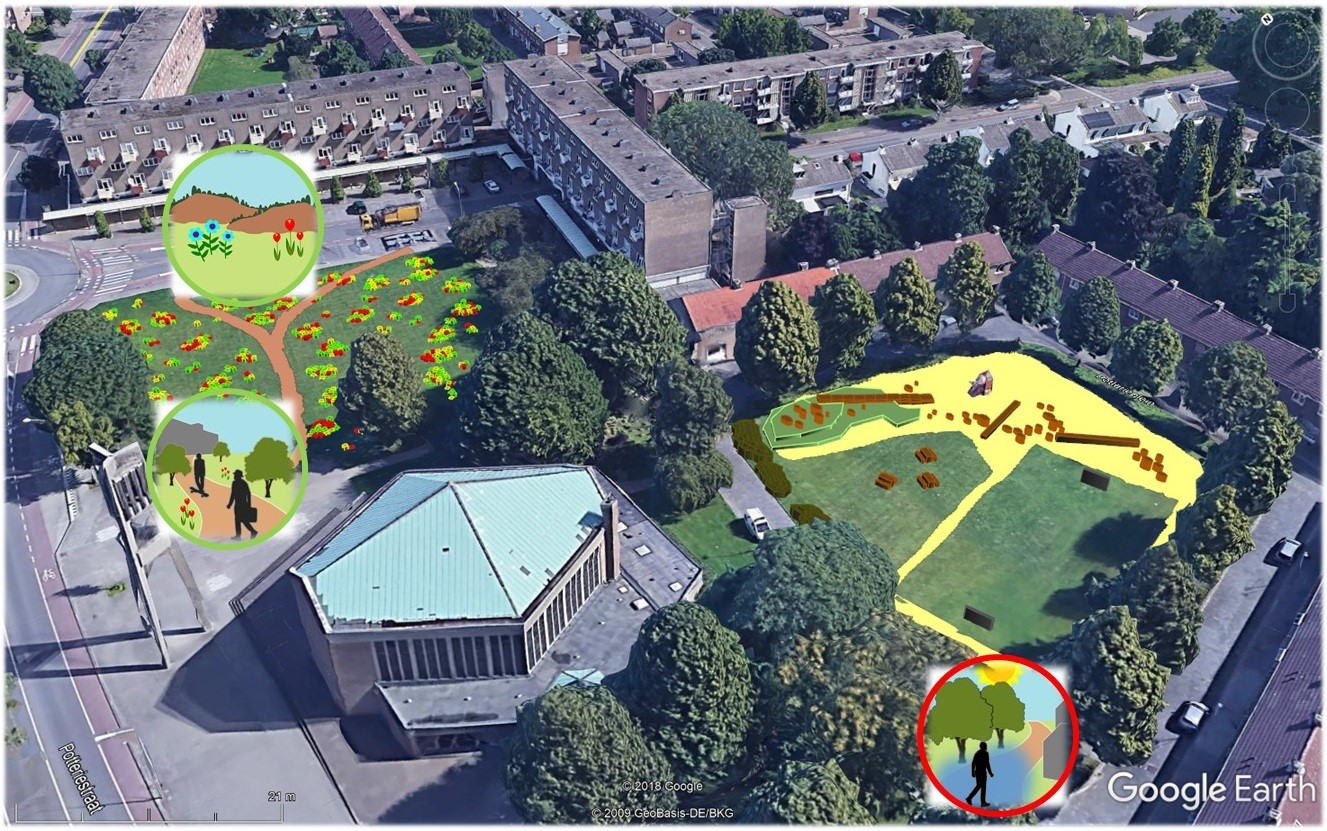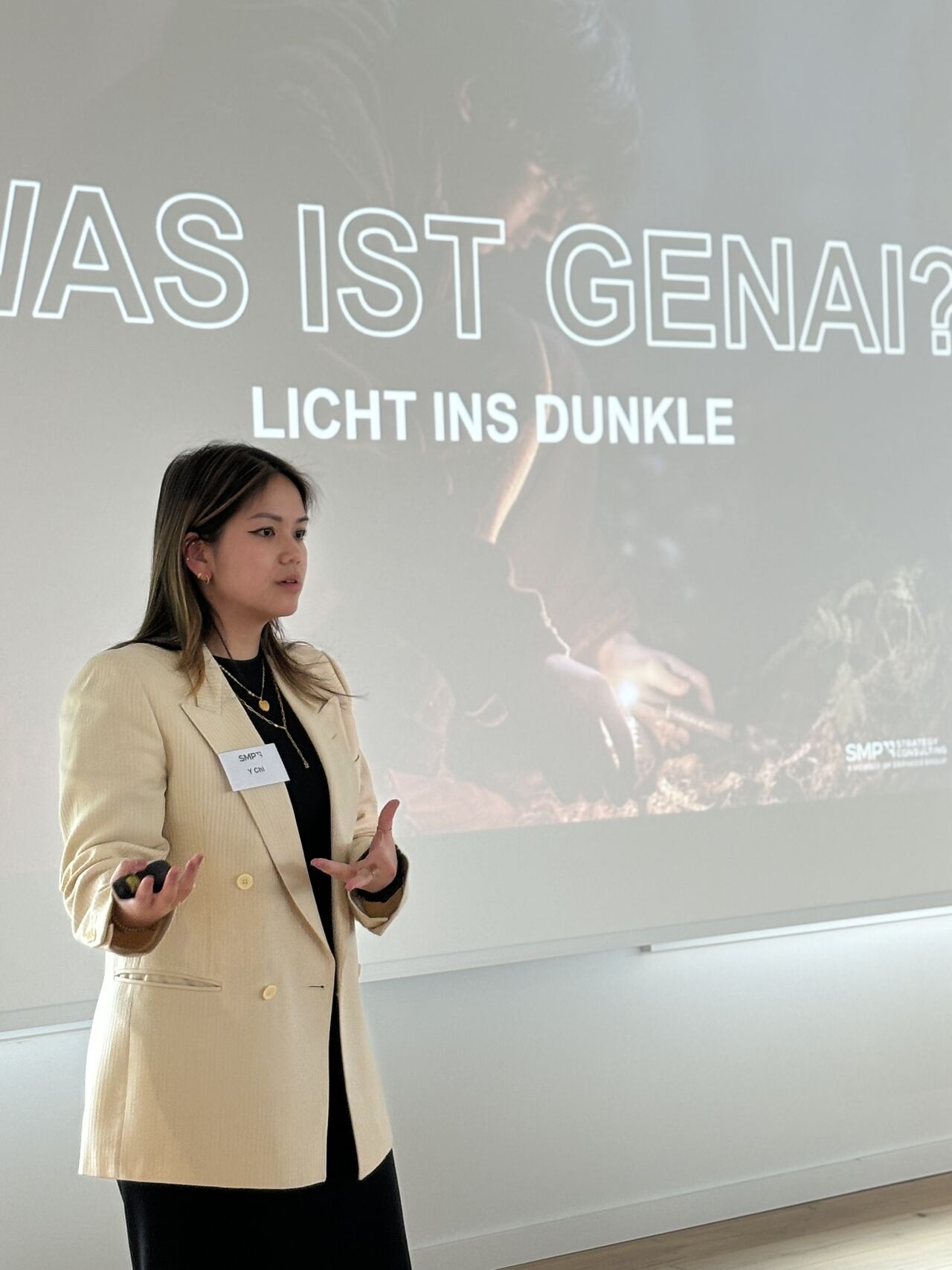Urban greenspace as motor for exercising, meeting and relaxing
Last year, the Maastricht Sustainability Institute joined forces with the public health service (GGD) of Zuid Limburg to investigate the influence of 'green in the neighborhood' on the health of residents in Maastricht.

A green living environment, with trees, shrubs, flowers and grass, makes living in that environment more attractive and healthier. Urban green spaces have a significant positive impact on people's health through various mechanisms: they positively affect the recovery from stress, encourage exercise and can lead to people meeting and mixing more often. These positive effects apply to all people, but most likely they apply more to people in neighborhoods with a lower socio-economic status.
This study focused on neighborhoods in Maastricht that score low on economic status and health of their residents, and that differ in the amount of greenery in the neighborhood. Neighborhood walks and design sessions with children and the elderly took place in these neighborhoods. Once back indoors, the participants were asked to design additional greenery in their neighborhood together with the researchers: to come up with ideas that would encourage them to come more often to those places to meet, play, exercise and relax. Subsequently, computer model EcoMATCH (developed by the Maastricht Sustainability Institute), was employed to estimate additional health benefits and burdens of their design. Examples are effects on cooling during heatwaves, but also a possible increase in tick bite risk. Model results were discussed with the children and elderly, which were given the opportunity to then adjust their design. Moreover, a survey was made of the extent to which the residents would visit the locations more because of their new green design. The participants indicated that when their green designs would be implemented, they would certainly expect to make more use of these spots in their neighborhood.
For more information, visit the website of the GGD Zuid Limburg, where you can also download the (Dutch) project report.
This research was funded by the Academische Werkplaats Milieu en Gezondheid.
Also read
-
Alumni success story: Y Chi's academic journey began with a Bachelor’s degree at SBE, she graduated in 2018. In this article she will tell you all the ins and outs about her career, read for more!
-
In recent years, there has been quite some debate surrounding the value of rakings. So the question is: do university rankings really matter that much? Fair question. In this article, SBE’s Dean Mariëlle Heijltjes and SBE’s Associate Dean Gaby Odekerken weigh in on the subject.
-
Why do humans act the way they do? To answer this complex question, Hannes Rusch has to be a bit of everything: economist, biologist, philosopher, mathematician. He recently received a €1.5 million ERC Starting Grant to develop and empirically validate an interdisciplinary theoretical framework for...


